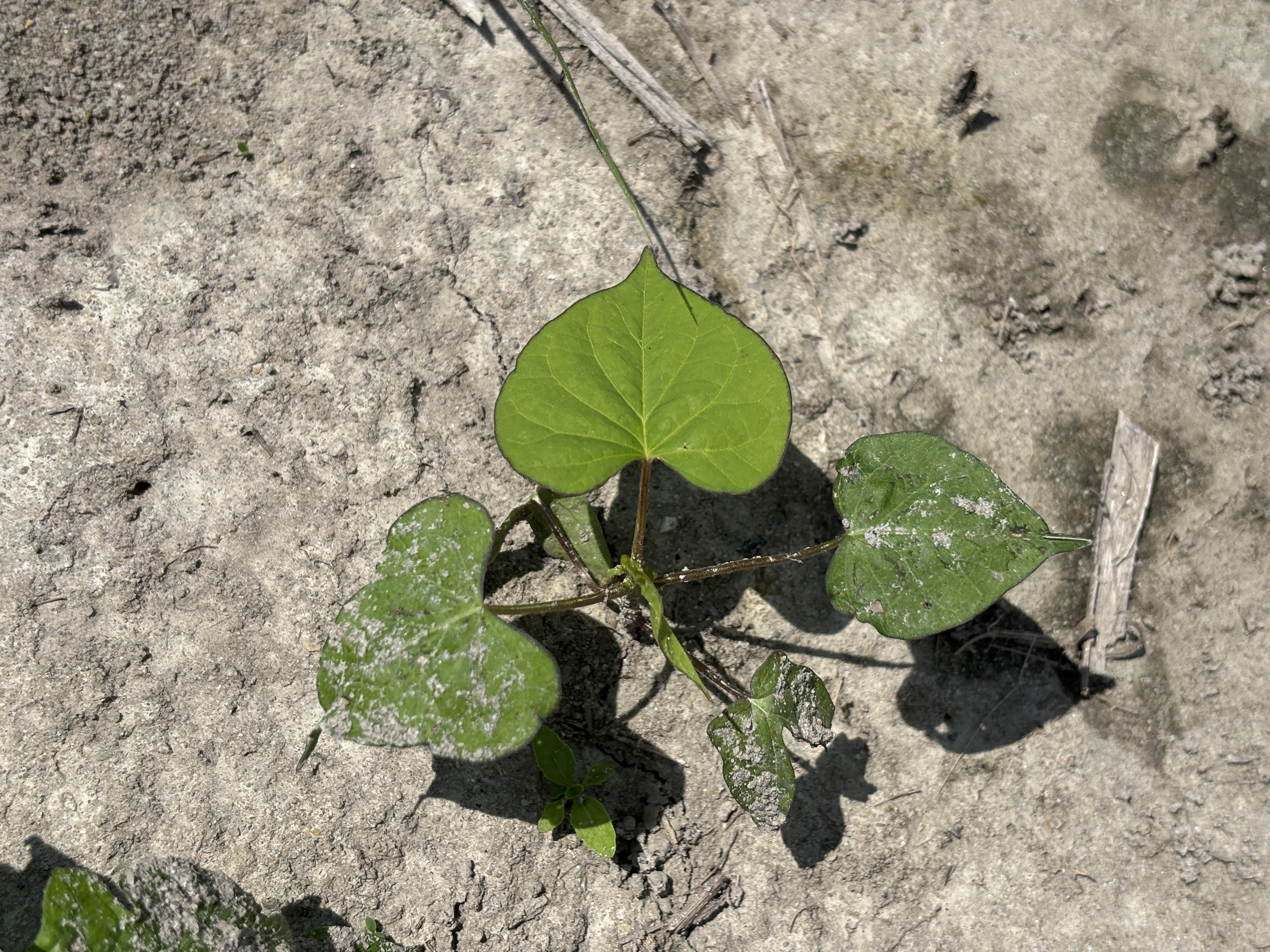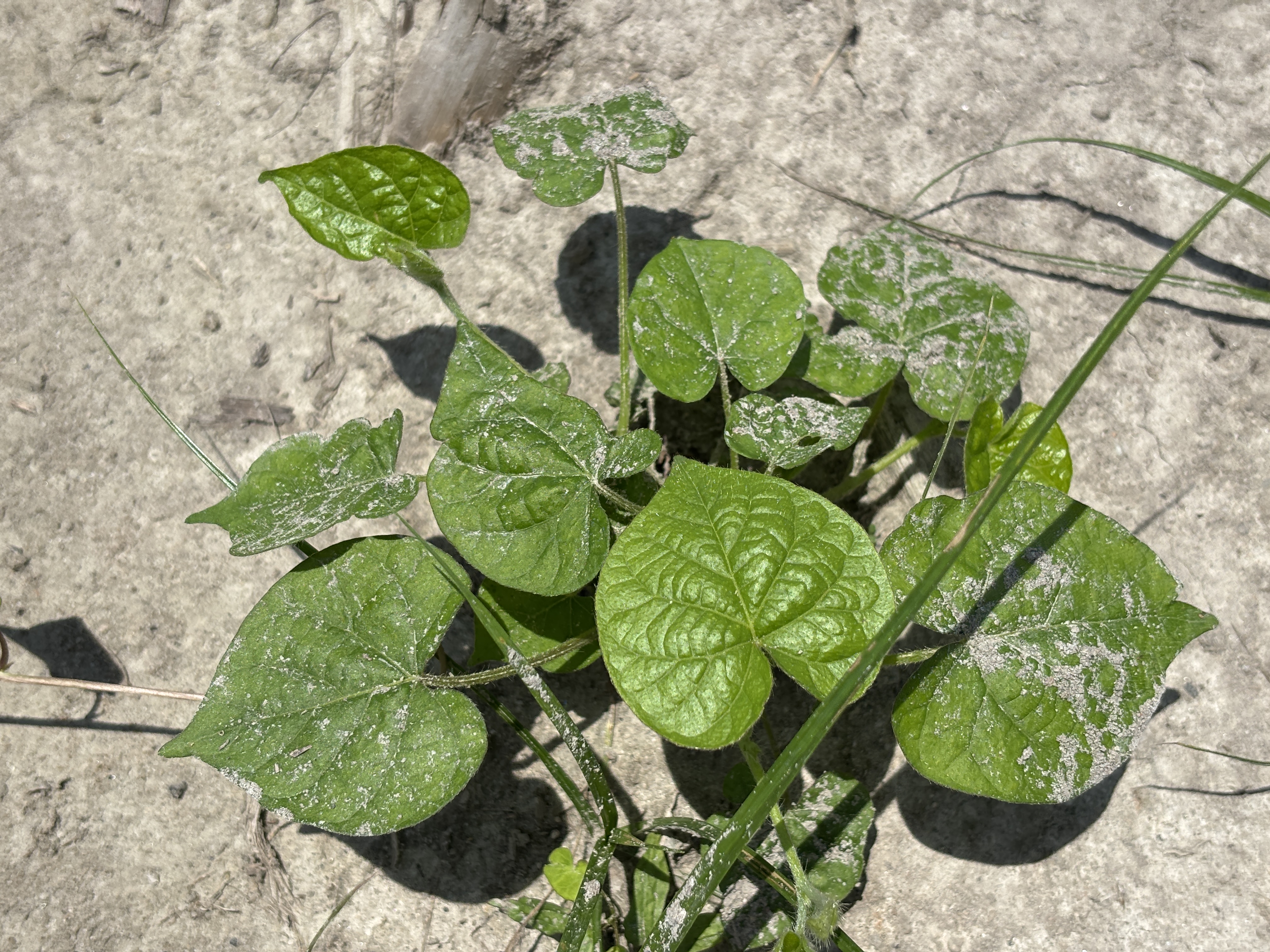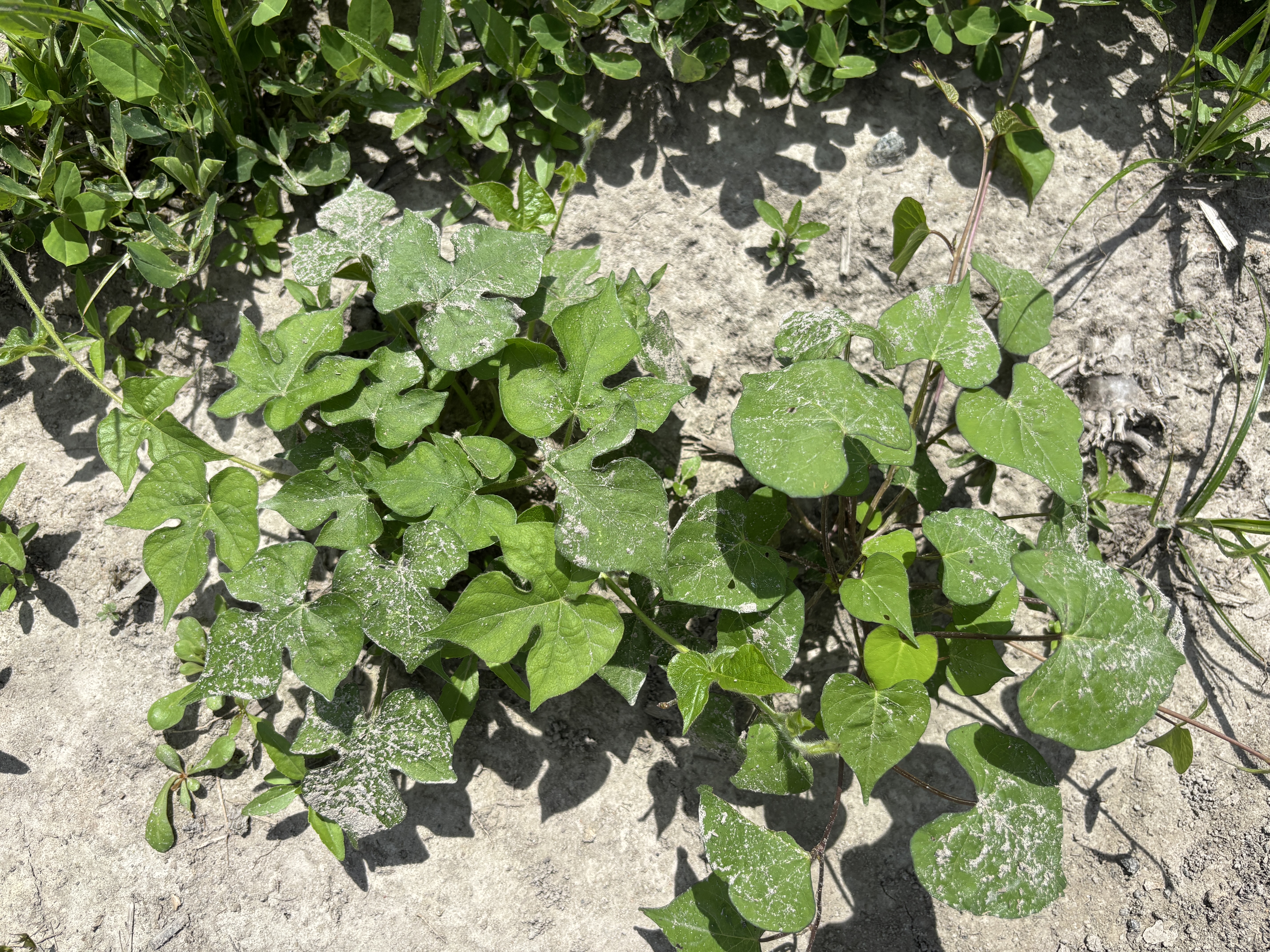Morningglory Species Identification and Control Peanut Notes No. 106 2025
go.ncsu.edu/readext?1077222
en Español / em Português
El inglés es el idioma de control de esta página. En la medida en que haya algún conflicto entre la traducción al inglés y la traducción, el inglés prevalece.
Al hacer clic en el enlace de traducción se activa un servicio de traducción gratuito para convertir la página al español. Al igual que con cualquier traducción por Internet, la conversión no es sensible al contexto y puede que no traduzca el texto en su significado original. NC State Extension no garantiza la exactitud del texto traducido. Por favor, tenga en cuenta que algunas aplicaciones y/o servicios pueden no funcionar como se espera cuando se traducen.
Português
Inglês é o idioma de controle desta página. Na medida que haja algum conflito entre o texto original em Inglês e a tradução, o Inglês prevalece.
Ao clicar no link de tradução, um serviço gratuito de tradução será ativado para converter a página para o Português. Como em qualquer tradução pela internet, a conversão não é sensivel ao contexto e pode não ocorrer a tradução para o significado orginal. O serviço de Extensão da Carolina do Norte (NC State Extension) não garante a exatidão do texto traduzido. Por favor, observe que algumas funções ou serviços podem não funcionar como esperado após a tradução.
English
English is the controlling language of this page. To the extent there is any conflict between the English text and the translation, English controls.
Clicking on the translation link activates a free translation service to convert the page to Spanish. As with any Internet translation, the conversion is not context-sensitive and may not translate the text to its original meaning. NC State Extension does not guarantee the accuracy of the translated text. Please note that some applications and/or services may not function as expected when translated.
Collapse ▲It can be challenging to distinguish between species of morningglory, especially when small and in the cotyledon stage. Once true leaves emerge, it becomes easier. There are differences in herbicide effectiveness based on species. PPO-inhibiting herbicides (Ultra Blazer, Cobra, Storm) are effective on pitted morningglory but less so on entireleaf and ivyleaf morningglories. Control of tall morningglory seems to fall in between these. A major contributor is the pubescent nature of leaves (hairs.) This can affect coverage of the leaves by these contact herbicides.
In contrast, the herbicide 2,4-DB is more effective on tall/entireleaf/ivyleaf morningglories than it is on pitted morningglory. This herbicide essentially misses pitted morningglory.
Cadre/Impose performs the same on all species. Basagran does well across all species when weeds are small, as does paraquat.
In many fields, as we move through June, a mixture of PPO-inhibitors plus 2,4-DB will control the complex of morningglories present. Coverage with contact herbicides is critical.
Pitted morningglory (note the distinct cotyledons – other species have “blocky-shaped” cotyledons)
Entireleaf morningglory







